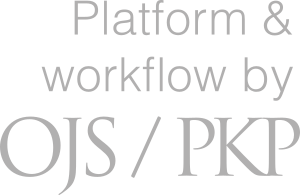Sopimusvelvoitteiden määrittely monimutkaisessa projektiallianssissa, esimerkkinä rakennusurakka
Abstrakti
Defining obligations in complex project alliances: the example of construction
In this paper, I study ways to restrict contractual uncertainties resulting from flexible contract terms and the incomplete nature of project alliance contracts. In the existing contractual environment, contracts need to be flexible and dynamic. A project alliance contract is a highly dynamic contract model in which many of the contractual obligations are defined after the parties have signed the contract document. However, the prevailing concept of a contract is still static and strives for completeness. Consequently, dynamic contracts such as project alliance contracts are incompatible with the prevailing concept, which may lead to challenges when enforcing and interpreting them. Therefore, I examine how project alliance contracts and the prevailing concept of a contract should be developed to diminish the gap between them.
Based on 13 expert interviews, I observed how parties define their contractual obligations during the contract period and analysed the material in the framework of relational contract theory, theories of incomplete contracting and the functional contracting approach. It seems that formal contracts have a vital role in creating the structures and rules for the parties’ contractual relationship. These structures enable the parties to build dynamic and open co-operation, which is vital in a successful project alliance. To avoid the contractual insecurities resulting from a highly dynamic contract model, I suggest that parties use tools provided by the functional contracting approach to recognise issues essential to their contractual relationship, and use applicable contractual instruments to agree on those issues. Furthermore, I propose that the concept of a contract should be refined to recognise the evolving nature of long-term contracts. When interpreting contracts that emphasise co-operation, the parties’ commitment to co-operation should be underlined instead of detailed obligations, and solutions should be sought taking into consideration what, in each case, is best for the
project in question.





